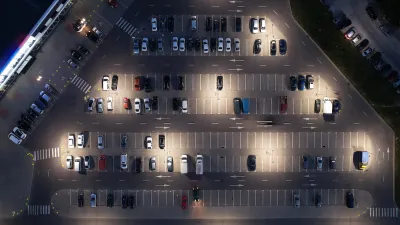The New York Times reveals what’s working and what’s not in the cornerstone of Housing First.

The New York Times Headway section has published a helpful primer on one of the most common approaches to reducing homelessness amongst populations with addiction and mental health issues: permanent supportive housing that offers low rents and services on site.
A cornerstone to the Housing First approach, about 400,000 Americans now live in permanent supportive housing.
The Times spent over a year talking to residents and staff at a supportive housing complex in the Bronx called the Lenniger. They reported six key takeaways from that time:
-
Permanent supportive housing tries to meet a formerly homeless person’s needs under one roof
-
Permanent supportive housing keeps people housed.
-
It works by making it as easy as possible for people to stay
-
Its permissiveness has stirred political backlash
-
In New York City, demand far outstrips supply
-
Permanent supportive housing is no panacea
Read the Times’ full report on what’s working — and not — in permanent supportive housing at the link below.
FULL STORY: Six Things to Know About Permanent Supportive Housing

Trump Administration Could Effectively End Housing Voucher Program
Federal officials are eyeing major cuts to the Section 8 program that helps millions of low-income households pay rent.

Planetizen Federal Action Tracker
A weekly monitor of how Trump’s orders and actions are impacting planners and planning in America.

Ken Jennings Launches Transit Web Series
The Jeopardy champ wants you to ride public transit.

Rebuilding Smarter: How LA County Is Guiding Fire-Ravaged Communities Toward Resilience
Los Angeles County is leading a coordinated effort to help fire-impacted communities rebuild with resilience by providing recovery resources, promoting fire-wise design, and aligning reconstruction with broader sustainability and climate goals.

When Borders Blur: Regional Collaboration in Action
As regional challenges outgrow city boundaries, “When Borders Blur” explores how cross-jurisdictional collaboration can drive smarter, more resilient urban planning, sharing real-world lessons from thriving partnerships across North America.

Philadelphia Is Expanding its Network of Roundabouts
Roundabouts are widely shown to decrease traffic speed, reduce congestion, and improve efficiency.
Urban Design for Planners 1: Software Tools
This six-course series explores essential urban design concepts using open source software and equips planners with the tools they need to participate fully in the urban design process.
Planning for Universal Design
Learn the tools for implementing Universal Design in planning regulations.
Ada County Highway District
Clanton & Associates, Inc.
Jessamine County Fiscal Court
Institute for Housing and Urban Development Studies (IHS)
City of Grandview
Harvard GSD Executive Education
Toledo-Lucas County Plan Commissions
Salt Lake City
NYU Wagner Graduate School of Public Service





























